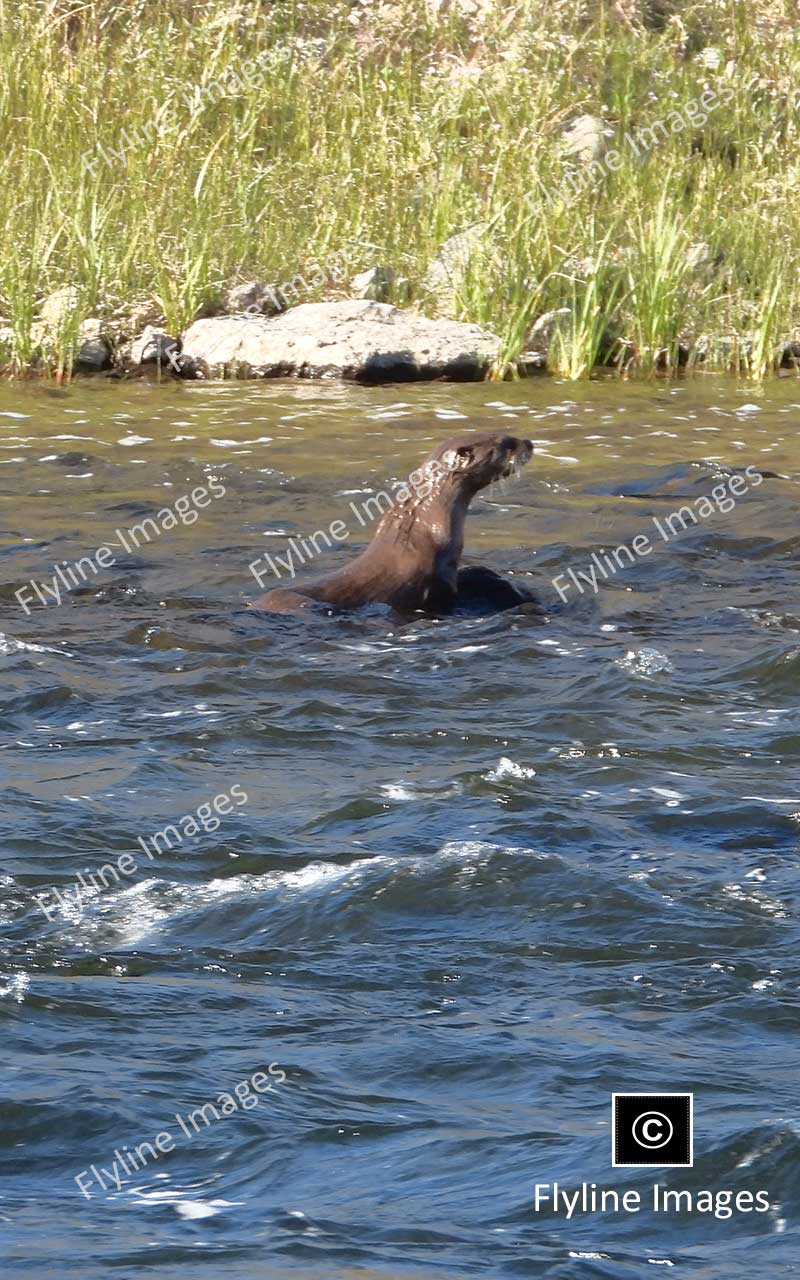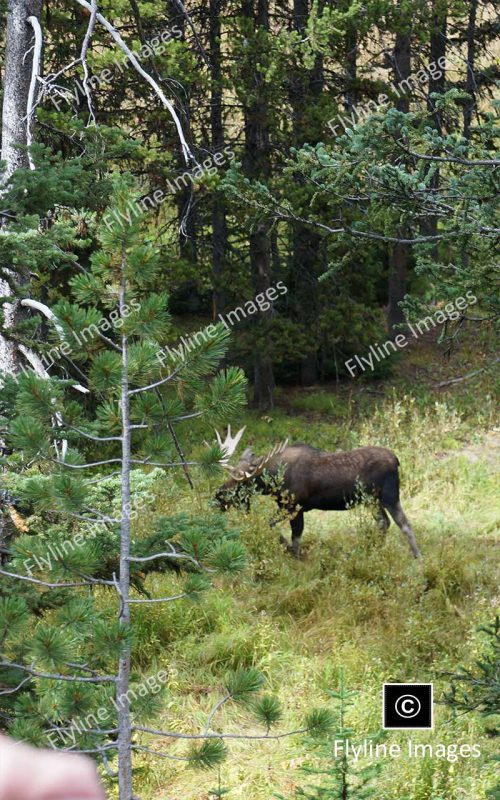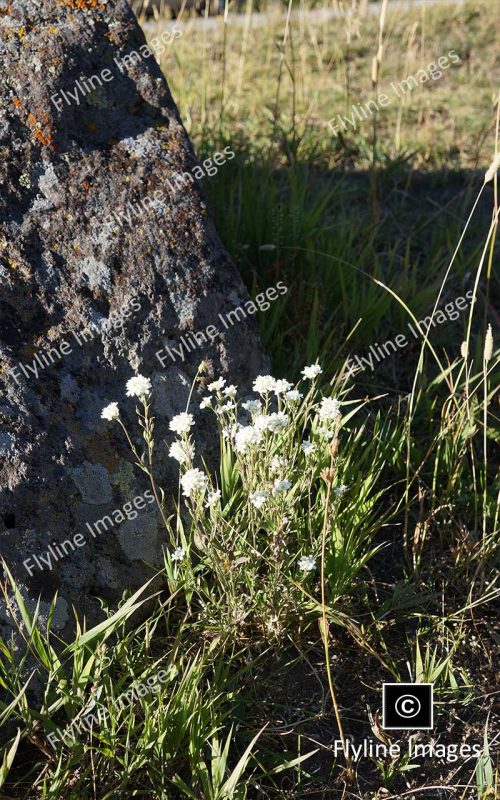River Otters – Yellowstone National Park
River Otter DSCN1658 V
$10.00
Description
Description
River Otters are incredibly unique creatures. River otters have long, pointed tails that can be about a third of their body length, while sea otters have short, flat tails that aid them in swimming and maneuvering in the water. Both species are incredibly agile and well-adapted to their respective habitats, showcasing a range of behaviors that highlight their intelligence and playfulness. River otters are often seen sliding down muddy banks or play-fighting with one another, while sea otters are known for their unique habit of using tools, such as rocks, to crack open shellfish. These adaptations not only enhance their survival in diverse environments but also contribute to their endearing nature and importance in the ecosystem.
Image & Download Information
For this product, we have provided 3 image size options, Large 4000 x 2500, Medium 2000 x 1250 and Small 1000 x 625. When you purchase this photo, you will receive an email confirmation of your order. That email will summarize your purchase and provide you with the download links for the images and videos you purchased.
MORE ABOUT RIVER OTTERS
River otters in Yellowstone National Park are a fascinating sight, known for their playful nature and agile swimming abilities. These semi-aquatic mammals thrive in the park’s waterways, including rivers, streams, and lakes, where they hunt for fish, amphibians, and crustaceans. Otters typically live in family groups, often consisting of a mother and her kits, which display curious and energetic behaviour. Their fur is water-resistant, allowing them to stay warm in cold water, and they are highly social animals, often seen sliding down riverbanks or playing with one another. Yellowstone’s diverse ecosystem provides an ideal habitat for river otters, contributing to the park’s rich biodiversity. However, these charismatic creatures faced endangerment in the past due to habitat loss and pollution.
Fortunately, conservation efforts have helped to protect and restore river otter populations in Yellowstone National Park. The park’s robust monitoring program tracks the number of otters and their movements throughout the park, allowing researchers to understand their behavior and needs better. Additionally, efforts such as restoring riparian habitats and controlling pollution have played a significant role in helping river otters thrive. As a result, their numbers have steadily increased over recent years, bringing joy to visitors who catch a glimpse of them during their visit.
Aside from being beneficial for river otters, these conservation efforts also benefit the entire ecosystem of Yellowstone National Park. Otters play a crucial role in maintaining the balance of aquatic ecosystems as they are considered apex predators, helping to control populations of their prey. By keeping the population of fish and other aquatic animals in check, river otters help to preserve the health and diversity of Yellowstone’s waterways.
Furthermore, river otters also act as indicators of the overall health of Yellowstone’s ecosystem. As sensitive creatures, they are highly affected by changes in their environment such as pollution or habitat loss. Thus, monitoring their population and behavior can provide valuable insight into any potential threats to the park’s ecosystem. By protecting and conserving river otters, we can ensure that Yellowstone National Park remains a thriving habitat for all its inhabitants.






